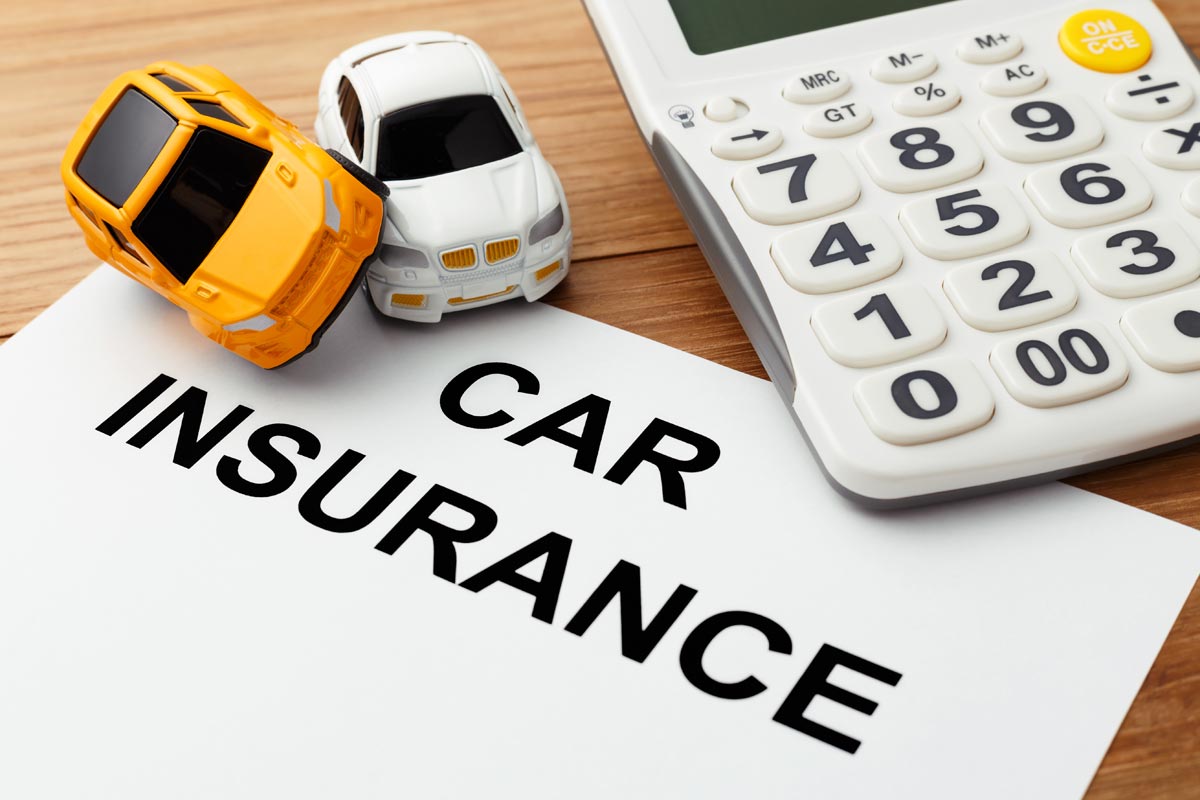Determining the precise cost of car insurance is akin to navigating a maze. Numerous factors intertwine to create a unique price for each driver. As HuyThanh.org emphasizes, understanding these factors is crucial to securing the best possible coverage at a fair price. This guide will delve into the intricacies of car insurance costs, exploring the key elements that influence premiums and offering strategies for saving money.
Factors Affecting Car Insurance Costs

The cost of car insurance is not a one-size-fits-all proposition. Several variables significantly impact the final premium you pay. Let’s explore these key factors in detail:
1. Your Driving Record
Accidents: At-fault accidents drastically increase your premiums. The more accidents you’ve had, the higher your risk profile, leading to increased costs.
Tickets and Violations: Traffic violations, such as speeding tickets or running red lights, also raise your insurance rates. Multiple violations within a short period can severely impact your premium.
DUI/DWI Convictions: Driving under the influence (DUI) or driving while intoxicated (DWI) convictions result in the most substantial premium increases. These convictions significantly elevate your risk profile and may lead to difficulty obtaining coverage.
Years of Driving Experience: Newer drivers typically pay higher premiums due to their lack of experience and higher statistical likelihood of accidents. As your driving experience grows, your rates generally decrease.
2. Your Vehicle
Make and Model: Certain car makes and models are more expensive to repair than others. Luxury vehicles and sports cars, known for their high repair costs and propensity for theft, typically command higher insurance premiums.
Vehicle Age: Older cars, while less expensive to purchase, may have higher insurance costs due to increased risk of mechanical failure and potential for higher repair expenses.
Safety Features: Vehicles equipped with advanced safety features, such as anti-lock brakes (ABS), airbags, and electronic stability control (ESC), often qualify for discounts due to their reduced accident risk.
Vehicle Use: The purpose for which you use your vehicle (e.g., commuting, business use) can impact your insurance rates. Business use often carries higher premiums due to increased exposure to accidents.
3. Your Location
Geographic Location: Insurance rates vary significantly based on your location. Areas with high crime rates, more accidents, or higher repair costs tend to have higher insurance premiums.
Climate: Regions prone to severe weather events (e.g., hurricanes, floods, hailstorms) may have higher insurance rates to reflect the increased risk of damage.
4. Your Demographics
Age: Younger drivers generally pay higher premiums due to their higher risk profiles. Insurance companies consider younger drivers statistically more likely to be involved in accidents.
Gender: Historically, some insurance companies have differentiated rates based on gender, although this practice is increasingly regulated.
Marital Status: Married individuals sometimes receive lower rates than single individuals, reflecting a perception of lower risk.
5. Your Coverage Choices
Liability Coverage: This coverage protects you financially if you cause an accident resulting in injury or property damage to others. Higher liability limits generally result in higher premiums.
Collision Coverage: This coverage pays for repairs or replacement of your vehicle if it’s damaged in an accident, regardless of fault.
Comprehensive Coverage: This coverage protects your vehicle from damage caused by non-collision events such as theft, vandalism, or weather damage.
Uninsured/Underinsured Motorist Coverage: This coverage protects you if you are involved in an accident caused by an uninsured or underinsured driver.
Medical Payments Coverage: This coverage pays for medical expenses for you and your passengers, regardless of fault.
6. Your Credit History
In many states, insurance companies consider your credit history when determining your rates. A good credit history usually translates to lower premiums, while a poor credit history can lead to higher costs.
7. Discounts
Many insurance companies offer discounts to reduce the overall cost of your premiums. These discounts can vary greatly depending on the insurer and your specific circumstances. Common discounts include:
Good Student Discount: For students with good grades.
Safe Driver Discount: For drivers with clean driving records.
Multi-Car Discount: For insuring multiple vehicles with the same insurer.
Multi-Policy Discount: For bundling car insurance with other types of insurance, such as homeowners or renters insurance.
Defensive Driving Course Discount: Completing a defensive driving course can often result in a discount.
How to Get the Best Car Insurance Rates
Securing the most competitive car insurance rates requires diligent research and comparison shopping. Here are some strategies:
- Compare Quotes from Multiple Insurers: Don’t settle for the first quote you receive. Obtain quotes from several different insurance companies to compare coverage options and prices.
- Bundle Your Insurance Policies: Combining your car insurance with other insurance policies, such as homeowners or renters insurance, can often result in significant discounts.
- Maintain a Good Driving Record: Avoiding accidents and traffic violations is the most effective way to keep your premiums low.
- Consider Increasing Your Deductible: A higher deductible means you pay more out-of-pocket in the event of a claim, but it can result in lower premiums.
- Shop Around Regularly: Insurance rates can change over time, so it’s essential to regularly compare quotes from different insurers to ensure you’re getting the best possible rate.
- Review Your Coverage Needs Periodically: As your circumstances change (e.g., you purchase a new car, you move to a new location), review your coverage needs and adjust your policy accordingly.
- Take Advantage of Available Discounts: Be sure to inquire about any available discounts that might apply to your situation.
- Consider Usage-Based Insurance: Some insurers offer usage-based insurance programs that track your driving habits and reward safe driving behavior with lower premiums.
Understanding Your Car Insurance Policy
Once you’ve chosen a policy, carefully review all the details to ensure you understand your coverage. This includes understanding your:
- Premium Amount: The total cost of your insurance policy.
- Deductible: The amount you pay out-of-pocket before your insurance coverage kicks in.
- Coverage Limits: The maximum amount your insurance company will pay for covered losses.
- Exclusions: Specific events or circumstances not covered by your policy.
By understanding the factors that influence car insurance costs and employing these strategies, you can navigate the complexities of car insurance and secure the best possible coverage at a price that fits your budget.





